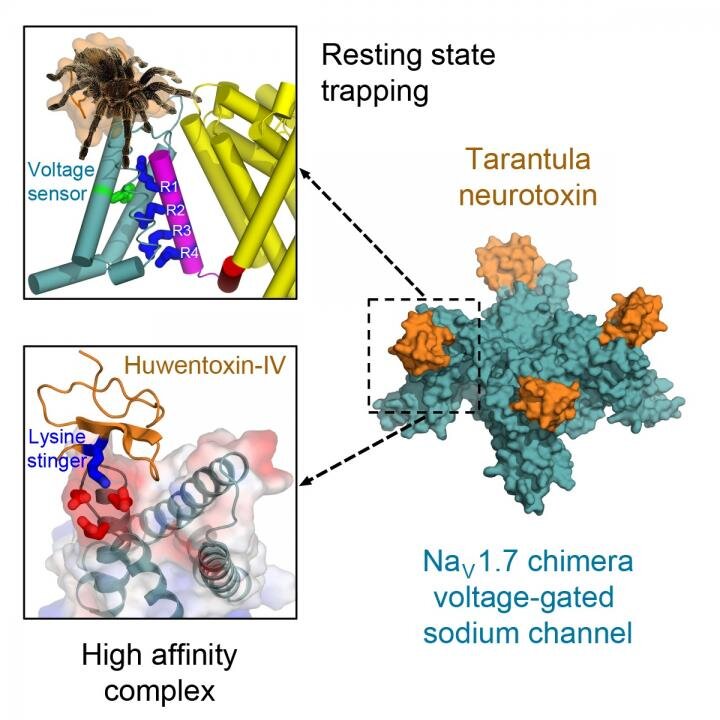Study Finds Placebos Disrupt Pain Signals in Brain
/By Pat Anson, PNN Editor
Much of the pain relief that a person gets from taking an analgesic medication is due to individual mindset, not the drug itself, according to new research that looks at how the human brain responds to a placebo.
The placebo effect is a well-documented but poorly understood condition in which a patient responds to a drug or treatment that is designed to have no therapeutic value. A 2018 study, for example, found that about half of patients who took a sugar pill they thought was an analgesic had a 30% reduction in pain – a level considered effective for an actual painkiller.
To better understand how that is possible, researchers at Dartmouth University conducted a meta-analysis of 20 neuroimaging studies involving 603 healthy people who participated in placebo studies. Their findings, recently published in Nature Communications, showed that placebo treatments reduced pain-related activity in multiple areas of the brain.
"Our findings demonstrate that the participants who showed the most pain reduction with the placebo also showed the largest reductions in brain areas associated with pain construction," explains co-author Tor Wager, PhD, a Neuroscience Professor who is principal investigator of the Cognitive and Affective Neuroscience Lab at Dartmouth.
"We are still learning how the brain constructs pain experiences, but we know it's a mix of brain areas that process input from the body and those involved in motivation and decision-making. Placebo treatment reduced activity in areas involved in early pain signaling from the body, as well as motivational circuits not tied specifically to pain."
By examining brain images, researchers were able to identify the placebo effect in regions of the brain that process pain signals (nociception) and generate pain sensations.
They found that placebos strongly affect the thalamus, which processes sights, sounds and other types of sensory input; as well as the basal ganglia, which is important for motivation and pain-related activities.
Placebo treatments also reduced activity in the brain’s posterior insula, which is one of the areas involved in creating pain sensations. This suggests that placebos change the pathway for how pain is processed in the brain.
"The placebo can affect what you do with the pain and how it motivates you, which could be a larger part of what's happening here," says Wager. "It's changing the circuitry that's important for motivation."
Previous research has found that placebos activate the brain’s prefrontal cortex, which triggers the release of natural, pain-relieving hormones that can block pain signals from being processed.
Researchers say placebo effects likely involve a combination of different brain reactions, depending on the placebo and people's predispositions. In other words, there is no uniformity in the placebo response because everyone is different.
"Our results suggest that placebo effects are not restricted solely to either sensory/nociceptive or cognitive/affective processes, but likely involves a combination of mechanisms that may differ depending on the placebo paradigm and other individual factors," said co-author Ulrike Bingel, PhD, a professor at the Center for Translational Neuro- and Behavioral Sciences at University Hospital Essen.
A 2016 study that looked at brain images of osteoarthritis patients found that about half had mid-frontal brain regions that had more connectivity with other parts of the brain, making them more likely to respond to the placebo effect. That could help could explain why some respond well to pain medication, while others do not.




